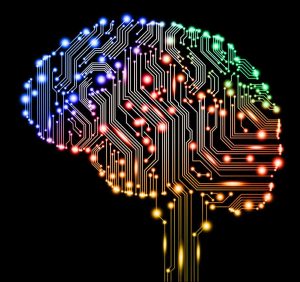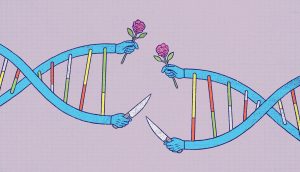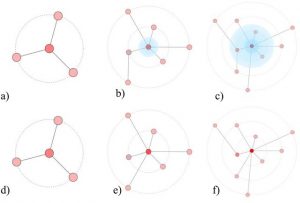The main research line of our group is concerned with applying the theoretical methods that have been developed for the analysis of stochastic fluctuations and complex networks. Developing new algorithms and quantifying the characteristics of stochastic processes, complex networks, and random matrix theory are some of the main challenges in our current research on such complex systems. We are interested in gaining deeper insights into stochastic processes, especially those that are non-stationary, coupled series, and identify applications in other fields to which we can apply the methods and expertise. In order to improve our abilities in understanding the nature of the processes, we intend to investigate the application of these methods on biological, financial, and social networks. Following is a list of some of our current research projects.
Statistical Physics of Complex Networks
When we say a complex system, we mean that there is so much information in this system that the usual models derived from reductionist do not work perfectly. Typically, different models are presented to describe these systems depending on their scale, which predicts the behavior of this system at that scale. Social networks are also known as complex systems, which means that the models presented in this branch can not fully explain the real social systems. However, scientists working in this field have not given up trying to better understand these systems and are trying to build and improve their cognitive methods.
For more information click here.

Twitter Project
The Twitter team in CCNSD studies Farsi Twitter and its trending topics. Twitter data, in our team, is used as an indicator of the social, cultural, and political concerns and interests of Twitter users. We, however, assume that the impact of Twitter, and other social media, do not stop online, and the process is part of a much larger sphere of influence on Farsi-speaking countries and diasporic communities. Currently, we are working on two different projects (1) human-bot interaction in the formation of collective identities in Farsi Twitter and (2) a typology of fake news based on their propagation.

Analysis of Complex Brain Networks
Network neuroscience is an attempt to take neuroscience from the study of individual brain units to a network-level investigation. This is promising since the brain is one of the most complex systems, comprising nearly 10 billion neurons connected by about 100 trillion synapses. Thus, as a complex network, interactions among brains’ units are nontrivial for sure. Here our goal is to better understand and computationally model these interactions.
For more information click here.

Cancer | Gene Regulatory Networks (GRNs)
Cancer is commonly known as a disease of genes and there has been a huge effort to find effective genes for different cancers. These approaches to control/cure cancer, however, have not been that successful. In this study, instead of following the prevalent reductionist methods, we have used the approach of Complex Systems. We have inferred regulatory interactions between the genes and by representing each gene as a node and the interaction between each two of them as a link, we have instructed the interaction network. We have seen the pattern of pair-interactions; matters for the emergence of collective behaviors from the interactions of the genes.
For more information click here.

Quantum Finance
We unveil secrets of the financial markets that prove very effective in shaping their future. The question to be answered is why instant high amplitude variations of price returns & trading values are never experienced. We deduce that the key to shedding light on this issue is the quantum potential whose existence is due to the entanglement between price returns\trading values and their prior-days price returns\trading values. Implementing the quantum potential would enable us to sketch a robust pattern for the price return\trading values fluctuations of the financial markets.
For more information click here.

Aged Networks’ Dynamics
The evolution of social networks happens simultaneously with the evolution of their links/nodes. However, it is not easy for some links/nodes to evolve in such a process because of their age. In any network, especially real networks could exist that they are not happy with some variations. Understanding stability, aged phase transition, information transformation of social networks are some of my challenges.
For more information click here.

Dark Networks
In studying the network dynamics of complex systems it regularly happens that we do not have access to complete information about them. Not only the information is incomplete, but also some of the information may be wrong. So, how can we understand the general or particular behavior of such networks in these scenarios?! In this type of giant network, a new and very interesting type of uncertainty arises when there is absolutely no guarantee whether a node or a link is visible at all for some parties.
For more information click here.
